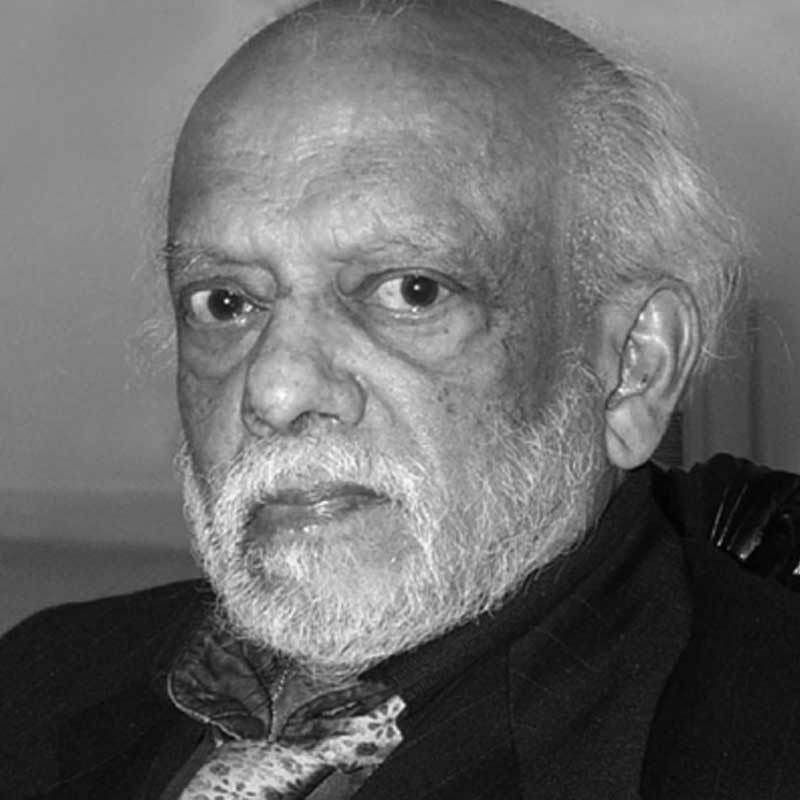
Francis Newton Souza (1924-2002) was born in a Portuguese colony in Saligao, Goa. As a young child, his Catholic mother moved them to Bombay where he studied at St Xavier’s High School. There, he formed an interest in drawing and studying imported European prints. However, early on it became apparent that he was rather rebellious, later causing him to be regarded as the ‘enfant terrible’ of the emerging Indian art scene of the 1950s and 1960s. According to critic W. G. Archer in 1965, the premature death of his father, his experience of the Portuguese presence in Goa, and an attack of smallpox, gave Souza ‘a sense of life as cruel, violent, and unjust.’ These themes, as well as his issues with authority figures are present in his art throughout his career.
Souza studied at the J.J. School of Art but was expelled in 1945 for participating in left wing political activities, notably the Quit India Movement. He emerged as an artist-activist, and in 1947, co-founded the revolutionary Bombay Progressive Artists’ Group along with M.F. Husain, S.H. Raza, and others. Together, the PAG advocated a forceful modernism which Souza believed would go beyond the confines of nationalistic art.
Souza moved to London in 1949 for creative freedom and international recognition. After struggling for the first few years, he finally started to make his mark, and was one of the first post-independence Indian paintings to gain recognition in the West. In 1967, he emigrated to New York, where he lived for several years, and where he developed a bold style of confident strokes and fierce cross-hatchings. During his time in the United States, Souza was considered technically innovative, and went on to produce works by chemical alteration – a technique of drawing with the use of chemicals on printed pages, manipulating the surface. However, he was largely known for his head portraits, and landscapes, which often had themes of Catholicism, the female nude, and violent or sexual motifs.
Souza was awarded the John Moore Prize (Liverpool, 1957); the Italian Government Scholarship (1960); and the Guggenheim International Award (New York, 1967). Among a number of exhibitions during his lifetime, his works were recently shown posthumously at The Jehangir Nicholson Art Foundation, titled ‘F.N. Souza: The Power and the Glory.’ Souza died in Bombay in 2002.